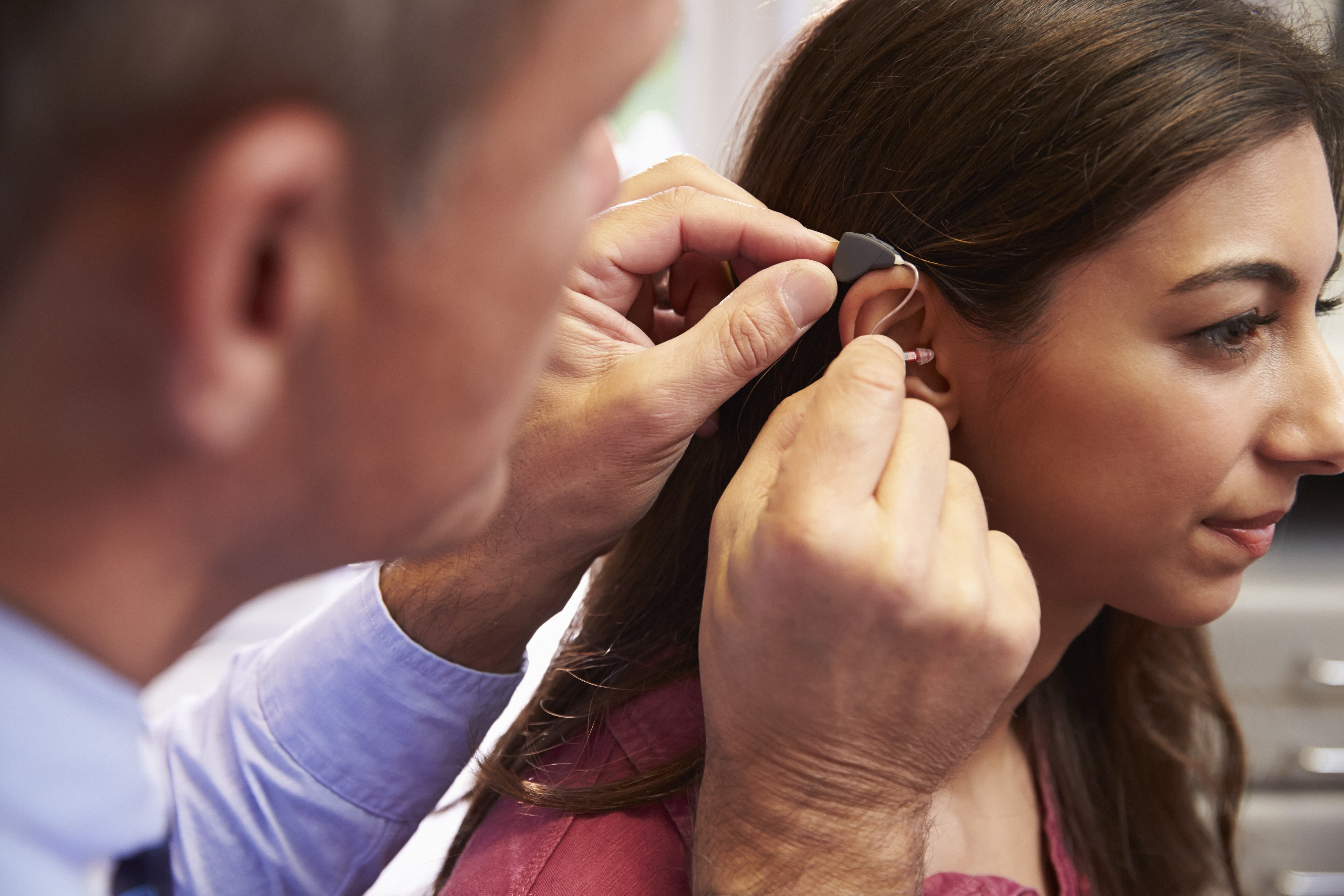
Congratulations—you’re prepared to join the millions of Americans who have realized how wearing hearing aids can make life more enjoyable and rewarding. Very soon, you’ll be listening to sounds you’ve long forgotten about, engaging in stimulating conversations, and listening to music with improved perceptiveness for each instrument.
But before you get to all that, you’ll have to deal with a brief phase of adjustment to get comfortable with your new hearing aids. Here are five recommendations to to assist you to make it through this stage and to help you get the maximum benefit out of your new technology.
1. Consult a Hearing Care Professional
If you desire to have the best hearing attainable, there’s no avoiding the first step, which is consulting a hearing care expert. They can help you find the most appropriate hearing aid that corresponds with your hearing loss, lifestyle, and budget. And, most importantly, they can custom-fit and program your new hearing aid so that it’s fine tuned for your unique hearing loss.
Your hearing loss, like a fingerprint, is unique. That means every hearing aid should be programmed differently—and this requires the practical knowledge of a hearing care professional.
2. Give Your Hearing Aids a Chance
Your new hearing aids will take some getting used to. You’ll hear sounds you haven’t listened to in a long time, your voice may sound different, and sound might on the whole just seem “off.” This is completely normal: you just need time to adapt.
Start by making a commitment to wear your hearing aids for as much of the day as possible, for at a minimum a couple of weeks. Put them in when you wake up and take them out before going to bed. Although it may be uncomfortable at first, you’ll adjust to better hearing in no time—and it will be well worth the effort.
If you discover that you’re having a difficult time adjusting, schedule a visit with your hearing care professional. Hearing aids can be fine-tuned, so you never have to quit on better hearing.
3. Start Small at Home
We suggest adapting to your hearing aids initially in the comfort of your home. Attempt watching a movie or TV show and paying special attention to the conversation; take part in one-on-one conversations in a quiet room; and listen to music while trying to pick out different instruments and pitches.
Next, when you’re more comfortable, you can try your hearing aids out in more difficult surroundings like at parties, restaurants, and movie theaters. Modern hearing aids have advanced features and environmental settings that can effortlessly handle these increased listening demands—which segues nicely to the fourth tip.
4. Master the Advanced Features
After you’ve adapted to your hearing aids, you should begin to learn a few of the more sophisticated features. With the help of your hearing specialist, you can learn how to take advantage of the functionality and convenience of your modern hearing aids.
Depending on your particular model, you’ll have the ability to do things like wirelessly stream music and phone calls straight to your hearing aids, control the volume from your smartphone or digital watch, and effortlessly switch settings to optimize your hearing in different environments. Make sure to consult to your hearing specialist about all the features that might be helpful to you.
5. Care For Your Hearing Aids
Finally, you’ll want to make sure that you maintain your hearing aids. This means daily cleaning, appropriate storage, and managing your battery supply. Your hearing professional will show you how to incorporate hearing aid maintenance and care into your daily routine so that it becomes automatic and easy.
You’ll also want to get your hearing aids professionally cleaned and evaluated one or two times a year to ensure proper performance for years to come.
We’d love to hear from you: if you presently have hearing aids, tell us about your experiences! Let us know how you adjusted to your hearing aids and any recommendations you’d give to those just getting started.

